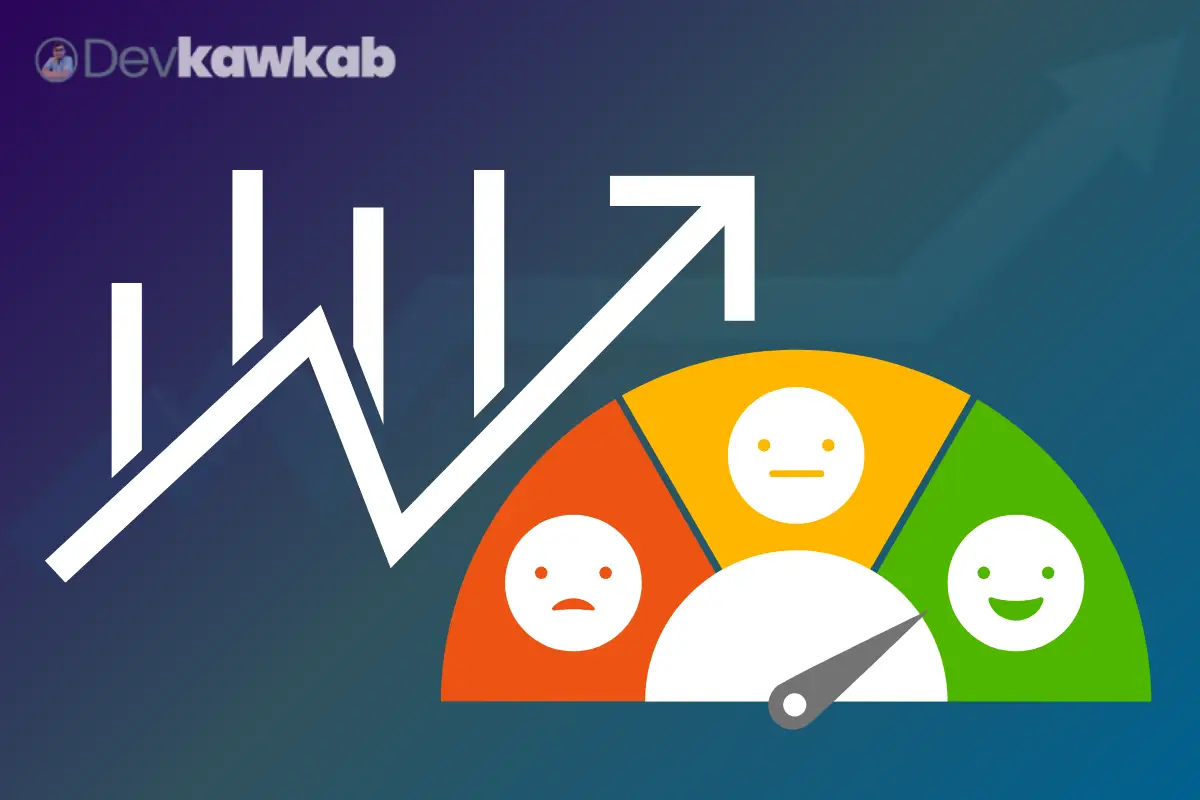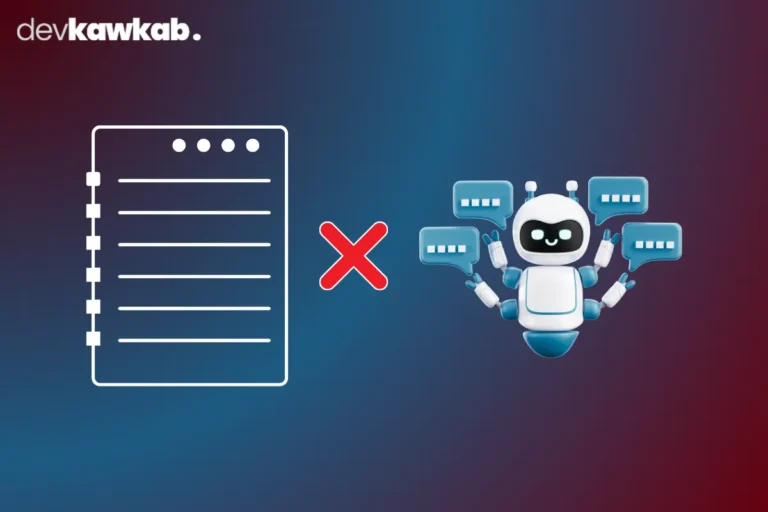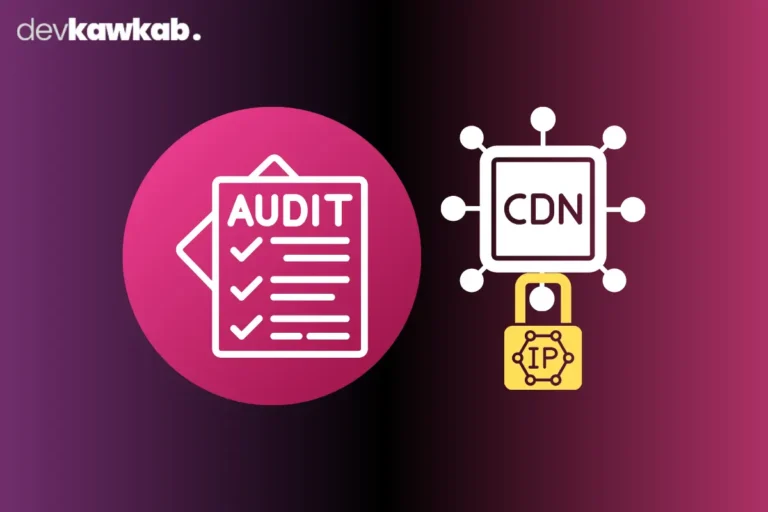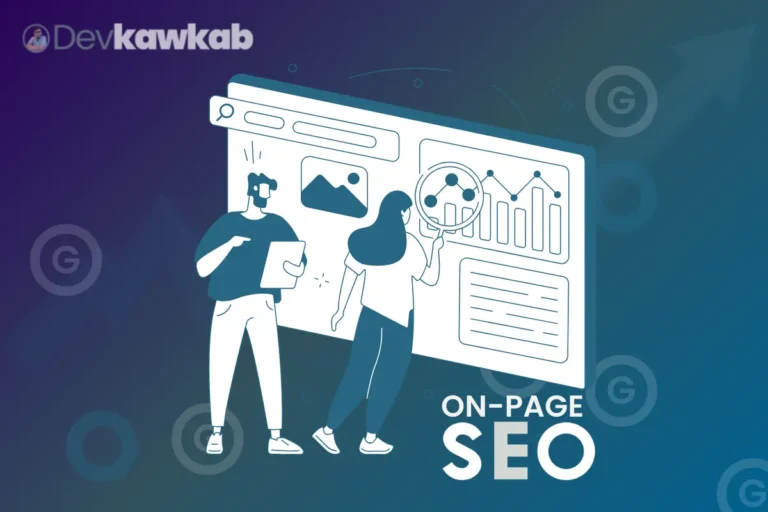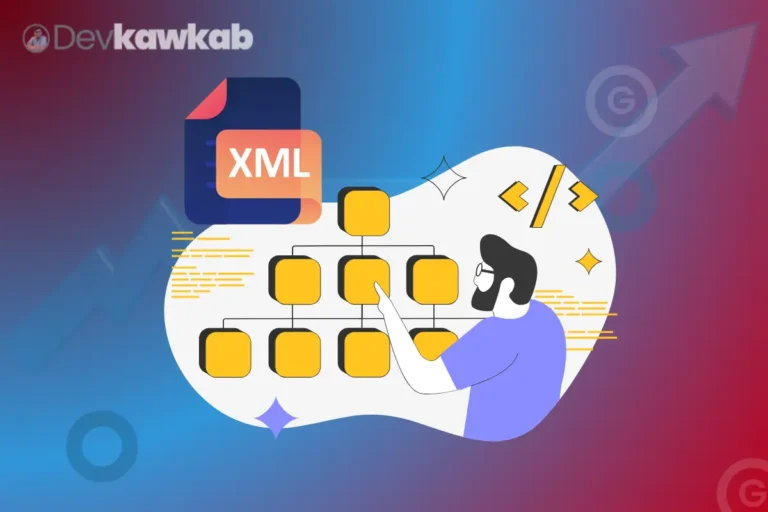If you’re looking to boost conversion rates, on-page SEO should be at the top of your list. It’s not just about ranking higher on search engines; it’s about creating a seamless experience for users that encourages them to take action.
From faster load times to optimized content, every element plays a role in driving conversions.
On-page SEO influences everything from how users interact with your website to how quickly they can find what they need. Whether it’s improving mobile optimization or refining keyword targeting, each tactic has a direct impact on conversion rates.
In this guide, we’ll break down the most effective on-page SEO strategies and explain how they can turn visitors into customers.
Read More – Why Optimize Content for On-Page SEO?
How Does On-Page SEO Influence User Experience and Conversions?
On-page SEO doesn’t just help search engines-it directly impacts user experience. A well-optimized page is easier to navigate, visually appealing, and provides valuable content. The better the experience, the more likely users will stay longer, trust your site, and eventually convert.
Improved Page Structure for Better Engagement
An optimized structure ensures that users can find what they need quickly.
This means clear headings, logical navigation, and relevant content. When users can easily navigate, they’re more likely to stay and engage, which directly impacts conversions.
Responsive Design and Readability
On-page SEO includes making your content easy to read and visually appealing on all devices.
Mobile-responsive sites are essential since a poor mobile experience can lead to higher bounce rates and lower conversions.
Targeted Content that Solves Problems
SEO-optimized content answers user questions and provides value.
When users find the information, they’re looking for quickly, they’re more likely to convert. This builds trust and credibility, encouraging users to take action.
What Role Does Mobile Optimization Play in On-Page SEO and Conversions?
Mobile optimization is a critical part of on-page SEO. Since more people browse on mobile devices, your site needs to load fast and display perfectly on smaller screens.
A poorly optimized mobile site can result in lost conversions.
Mobile-Friendly Design
A mobile-optimized site ensures that your content is easy to read, and all elements are accessible on smaller screens.
Large fonts, tappable buttons, and responsive images are critical for a smooth mobile experience.
Faster Mobile Load Times
Mobile users expect faster load times. An optimized mobile site uses smaller file sizes and lazy loading to deliver content quickly.
Faster loading pages keep users engaged, increasing the chances of conversion.
Mobile-Specific CTAs
Mobile optimization also focuses on providing clear calls to action (CTAs) that are easy to click on smaller screens. Users should be able to sign up, make a purchase, or contact you without zooming or scrolling excessively.
How Do Page Load Times Affect On-Page SEO and Conversion Rates?
Page load times are a huge factor in both SEO and conversions. Slow pages frustrate users, leading to higher bounce rates and lost revenue.
Google also ranks faster pages higher, meaning that load speed is essential for both user experience and search engine rankings.
The Correlation Between Speed and User Patience
Users expect fast results. Studies show that pages taking longer than three seconds to load lead to significant drop-offs in engagement and conversions.
A slow-loading page not only drives users away but also reduces trust.
Optimizing for Speed
Optimizing images, enabling browser caching, and using content delivery networks (CDNs) can drastically reduce load times.
Faster pages keep users engaged, and engaged users are more likely to convert.
Speed vs. Competitors
Sites with faster load times have a clear advantage over competitors.
If your page loads faster, users are more likely to stick around and convert on your site instead of going to a competitor’s.
What Impact Do Internal Links Have on Conversions Through On-Page SEO?
Internal links play a crucial role in on-page SEO by guiding users and search engines through your site.
They help distribute page authority and keep users engaged by directing them to relevant content.
The more engaged a user is, the higher the chances of a conversion.
Better Site Navigation
Internal links make it easier for users to explore related topics or products on your site. This keeps users on your site longer, and the longer they stay, the more likely they are to convert.
Authority Distribution
Internal linking also helps distribute page authority, making sure that your most important pages rank higher in search results.
This visibility increases traffic and conversions.
CTAs in Internal Links
Using internal links in call-to-actions (CTAs) can drive users toward key conversion points, such as sign-ups or product pages.
Placing these links strategically ensures that users are led toward valuable actions that boost conversions.
How Can Keyword Targeting Improve Conversion Rates Through On-Page SEO?
Keyword targeting ensures that your content is relevant to what users are searching for.
Selecting the right keywords brings in relevant traffic-users who are likely to convert as your content perfectly aligns with their needs.
Targeted Content Creation
When you target specific keywords, you’re more likely to attract users looking for exactly what you offer.
Relevant traffic has a higher chance of converting because your content meets their expectations.
Long-Tail Keywords for Higher Conversions
Long-tail keywords tend to be more specific, meaning the users searching for them are often closer to making a purchase or taking action.
Targeting these keywords can result in higher conversion rates as the traffic is more qualified.
Optimizing CTAs with Keywords
Incorporating keywords into CTAs makes them more relevant to users.
For example, a CTA like “Get your SEO strategy now” might convert better if it aligns with a keyword the user searched for.
Final Words
On-page SEO plays a significant role in enhancing both user experience and conversion rates. Optimizing key areas such as mobile usability, page load times, and keyword placement helps you build a website that ranks highly and drives user engagement.
Every detail, from internal links to content optimization, influences how visitors engage with your site. These improvements directly increase the likelihood of conversion.
Implementing these tactics will not only elevate your SEO results but also lead to a significant increase in conversions.
